WONDER STORIES 3
Live in London and New York Oct 28th
Created by
Liam Young [Tomorrows Thoughts Today]
And Geoff Manaugh [BLDGBLOG]
In Association with the Architectural Association, Studio-X NYC, Popular Science
We have always regaled ourselves with speculative stories of a day yet to come. In these polemic visions we furnish the fictional spaces of tomorrow with objects and ideas that at the same time chronicle the contradictions, inconsistencies, flaws and frailties of the everyday. Slipping suggestively between the real and the imagined these narratives offer a distanced view from which to survey the consequences of various social, environmental and technological scenarios.
Wonder Stories chronicles such tales in a sci fi storytelling jam with musical interludes, live demonstrations and illustrious speakers from the fields of science, art and technology presenting their visions of the near future. Join our ensemble of mad scientists, literary astronauts, design mystics, graphic cowboys, mavericks, visionaries and luminaries for an evening of wondrous possibilities and dark cautionary tales.
For the first time, Wonder Stories will be simultaneously hosted in London and New York and Popular Science will join the Architectural Association and Studio X NYC in coordinating the event this year. Join us for the third event in the series as we chart a course from science fiction to science fact with talks, a hands on taxidermy workshop, animatronic guests, swarm robotics demonstrations, datascapes walking tour and live movie soundscapes.
Free to all. OCT 28 1200 – 2200 at the Architectural Association London and OCT 28/29 at Studio-X NYC
The event will be streamed live streamed here and you can follow the twitter feed with #tws3
Hosted by
LIAM YOUNG (‘Tomorrows Thoughts Today’ and the AA’s ‘Unknown Fields Division’)
MATT JONES (‘BERG London’, Design technologists)
VINCENZO NATALI
Director of Splice, Cube, and forthcoming films based on J.G. Ballard’s High-Rise and Neuromancer by William Gibson
BRUCE STERLING
Scifi author and futurist
KEVIN SLAVIN
Game designer and spatial theorist
ANDY LOCKLEY
Academy Award-winning visual effects supervisor for Inception,compositing/2D supervisor for Batman Begins and Children of Men
PHILIP BEESLEY
Digital media artist and experimental architect
CHRISTIAN LORENZ SCHEURER
Concept artist and illustrator for video games and films such as The Matrix, Dark City, The Fifth Element, and Superman Returns
JULIAN BLEECKER
Designer, technologist, and researcher at the Near Future Laboratory
CHARLIE TUESDAY GATES
Taxidermy artist and sculptor, to lead a live taxidermy workshop
DR RODERICH GROSS AND THE ‘NATURAL ROBOTICS LAB’
Head of the Natural Robotics Lab at the University of Sheffield,to lead a live Swarm Robotics demonstration
GAVIN ROTHERY
Concept artist for Moon, directed by Duncan Jones
GUSTAV HOEGEN
Animatronics engineer for Hellboy, Clash of the Titans, and Ridley Scott’s forthcoming film Prometheus
SPOV
Motion graphics artists for Discovery Channel’s Future Weapons and Project Earth
ZELIG SOUND
Music, composition, and sound design for film and television
RADIOPHONIC
Throughout the day we will be accompanied by electronic tonalities from Radiophonic
Hosted by
GEOFF MANAUGH (BLDGBLOG, STUDIO-X NYC)
NICOLA TWILLEY (EDIBLE GEOGRAPHY, STUDIO-X NYC)
POPULAR SCIENCE
BJARKE INGELS
Architect, WSJ Magazine 2011 architectural innovator of the year, and author of Yes Is More: An Archicomic on Architectural Evolution
NICHOLAS DE MONCHAUX
Architect and author of Spacesuit: Fashioning Apollo
HARI KUNZRU
Novelist and author of Gods Without Men and The Impressionist
JAMES FLEMING
Historian and author of Fixing The Sky: The Checkered History of Weather and Climate Control
ANDREW BLUM
Journalist and author of Tubes: A Journey to the Center of the Internet
DAVID BENJAMIN
Architect and co-director of The Living
MARC KAUFMAN
Science writer and author of First Contact: Scientific Breakthroughs in the Hunt for Life Beyond Earth
DEBBIE CHACHRA
Researcher and educator in biological materials and engineering design
JACE CLAYTON AND LINDSAY CUFF OF NETTLE
Nettle’s latest album, El Resplandor, is a speculative soundtrack for an unmade remake of The Shining, set in a luxury hotel in Dubai
CHRIS WOEBKEN
Interaction designer
SETH FLETCHER
Science writer and author of Bottled Lightning: Superbatteries, Electric Cars, and the New Lithium Economy
SIMONE FERRACINA
Architect and author of Organs Everywhere
DAVE GRACER
Insect agriculturalist at Small Stock Foods
HOD LIPSON
Researcher in evolutionary robotics and the future of 3D printing
ANDREW HESSEL
Science writer and open-source biologist, focusing on bacterial genomics
CARLOS OLGUIN
Designer at Autodesk Research working on the intersection of bio-nanotechnology and 3D visualization
[Image credit ‘Inception’ dir. Christopher Nolan]
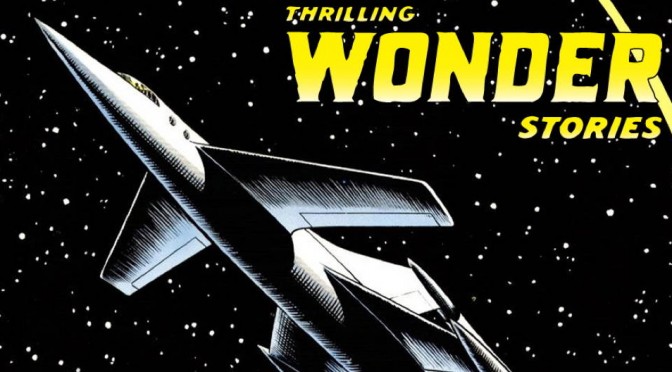




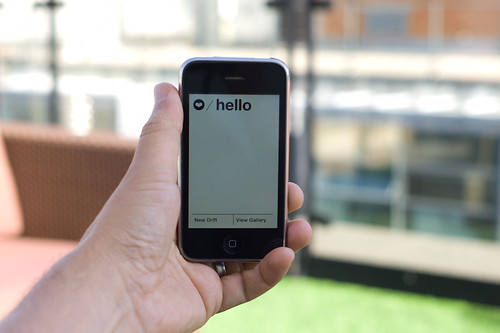
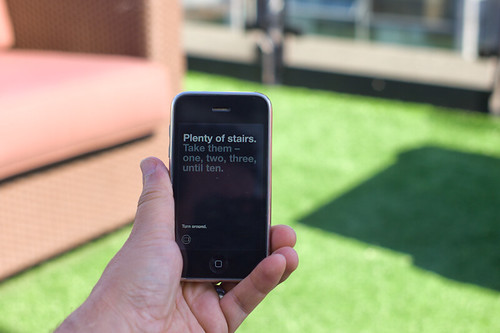

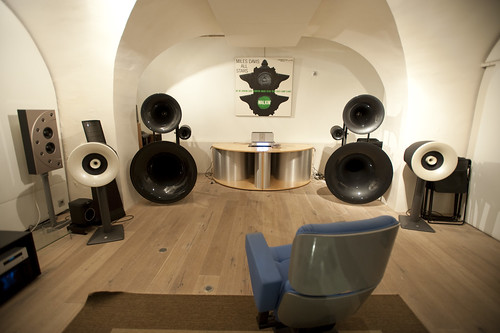
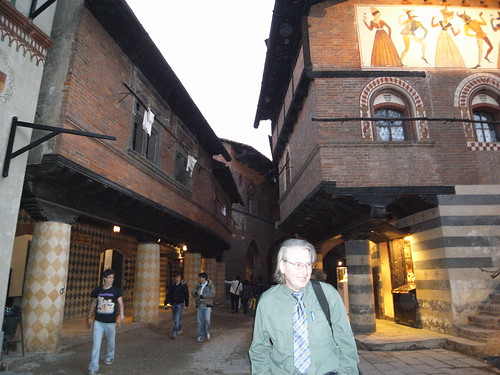
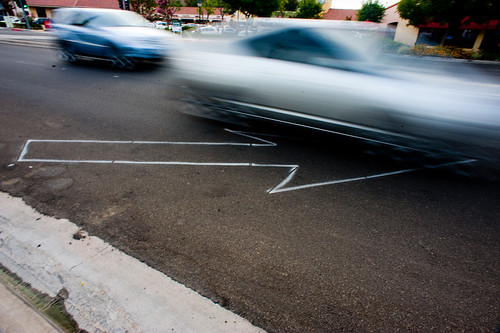
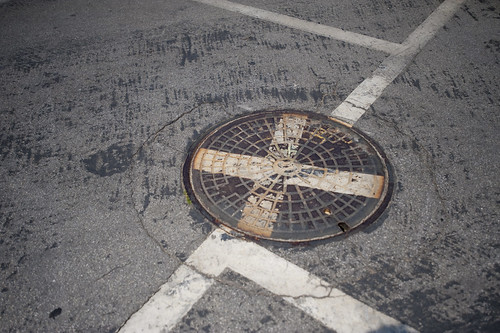
Positions Available: 1
The graduate Media Design Program (MDP) at Art Center College of Design is looking for a full-time faculty member with a background in design, culture, and technology to begin Fall 2011. The faculty member will work with other faculty from design and social science backgrounds to develop a new curriculum for a track within the Media Design MFA called “Media Design Matters” (MDM), that brings together media design, social research, public policy, and information technologies to address social issues in an applied context. Media Design Program students are world class and come from diverse disciplinary and national backgrounds.
artcenter.edu/mdp/matters/
The MDM curriculum will be built around an 8-month team-based project conducted in the field in partnership with an NGO, development agency, national non-profit or local community. Our first project partner for 2012 will be the U.S. Fund for UNICEF.
The new degree track is a collaboration between the Media Design Program and Designmatters. Designmatters is a college-wide initiative exploring social and humanitarian design and helped Art Center become the first design college to receive United Nations Non-Governmental (NGO) status. designmatters.artcenter.edu
Position Description:
As one of three core faculty members for the Media Design Matters track, this position is for a person who has at least minimal experience in each of the categories below:
● working knowledge of the basics of programming and electronics
● hands-on design with communication technologies and systems in applied contexts with real people, in any of the following: ubiquitous computing, web design and development, mobile design, interaction design, UX, service design, media design, HCI, hardware sketching, and/or social networking;
● a critical framework for understanding design, technology, culture, and power in diverse social contexts;
● experience building communications with existing resources through a design approach such as: reuse or repair, second-hand electronics, DIY, repurposing third-party applications or services (analog/digital, high/low tech), working within open source communities, maker/kit culture, etc.
Within the Media Design Program, core faculty members work collaboratively on program curriculum and philosophy and are responsible for one or two assigned areas of administration or research. We are looking for someone who is specifically interested in emerging social and cultural roles for design and technology and who is interested in building connections with the same at other academic institutions or companies throughout Southern California and around the world. The curriculum is still being designed so there is an opportunity to develop and test new pedagogy that brings a critical approach to applied research with people, technology, and social issues.
The faculty member will be required to travel in both the Fall and the Spring for the MDM project. The project location will change from year to year and could be as far away as Uganda or as close as downtown Los Angeles. Faculty members will have the opportunity to use the MDM project situation to conduct their own research in parallel, if desired.
Candidates will be eligible for a 3-year renewable full-time contract. The “core faculty” designation is a premier position at Art Center. Faculty will be expected to maintain an active research practice. Salary will be commensurate with professional experience and teaching.
Qualifications:
We are looking for an individual with a demonstrated commitment to building innovative approaches to emerging issues and interdisciplinary practice and to developing a strong context for their own practice. Candidates should have a minimum of the following: a masters degree in their field; three years teaching experience, full- or part-time; and five years creative practice in applied and/or research contexts. Experience with any of the following, while not required, is a definite plus: working across cultures, working in the field, managing projects, managing IT partnerships, developing funding relationships, working with non-profits or development agencies.
Application Process and Materials:
Posting dates: March 23, 2011 – open until filled. For best consideration apply before April 15, 2011. Review of applications to begin immediately.
Please send the following as email attachments: a cover letter, c.v., statements of professional and/or research interests and philosophy regarding pedagogy and technology, and contact information for three references. References will not be contacted until a final interview has taken place.
Please provide either a URL by email or digital portfolio on disk by mail showing a range of personal, professional, and/or student work that demonstrates abilities in the areas identified above.
Please send questions and/or application with reference to “MDM Full-time Faculty-D/T” to:
HR@artcenter.edu
Human Resources
Attn: Nancy Duggan
Art Center College of Design
1700 Lida Street
Pasadena, CA 91103
About the Graduate Media Design Program
Art Center’s graduate program in Media Design offers a two- or three-year Master of Fine Arts curriculum that helps ambitious designers from a variety of backgrounds become design leaders and researchers in emerging fields. Graduate Media Design prepares designers for a world in which virtually anything—from a new material to a global network—may be the next medium or platform of communication. artcenter.edu/mdp/
About Art Center College of Design
Founded in 1930 and located in Pasadena, California, Art Center College of Design is a global leader in art and design education and the first design school to receive the United Nations’ Non-Governmental Organization (NGO) status. Art Center offers bachelor’s degrees in advertising, entertainment design, environmental design, film, fine art, graphic design, illustration, photography and imaging, product design and transportation design. A graduate program of study can lead to a master’s degree in art, broadcast cinema, industrial design and media design. The college also offers a series of programs for the general public, including Art Center at Night, its continuing studies program; Saturday High for high school students; Art Center for Kids for children in the fourth through eighth grades; and the Design-Based Learning program for K-12 educators. artcenter.edu
Art Center College of Design is an Equal Opportunity Employer.